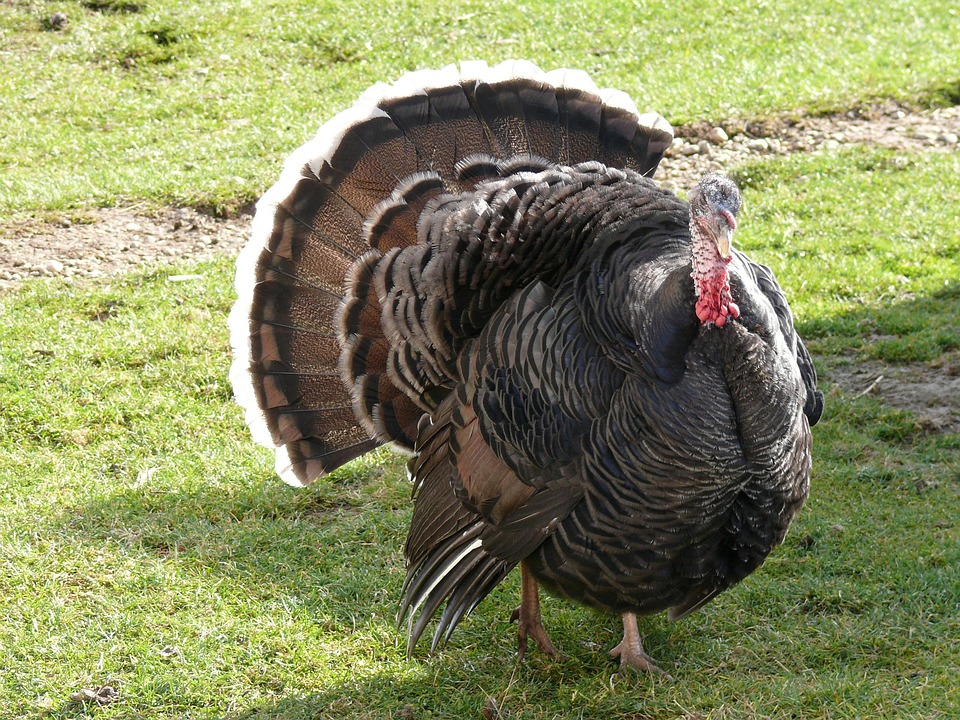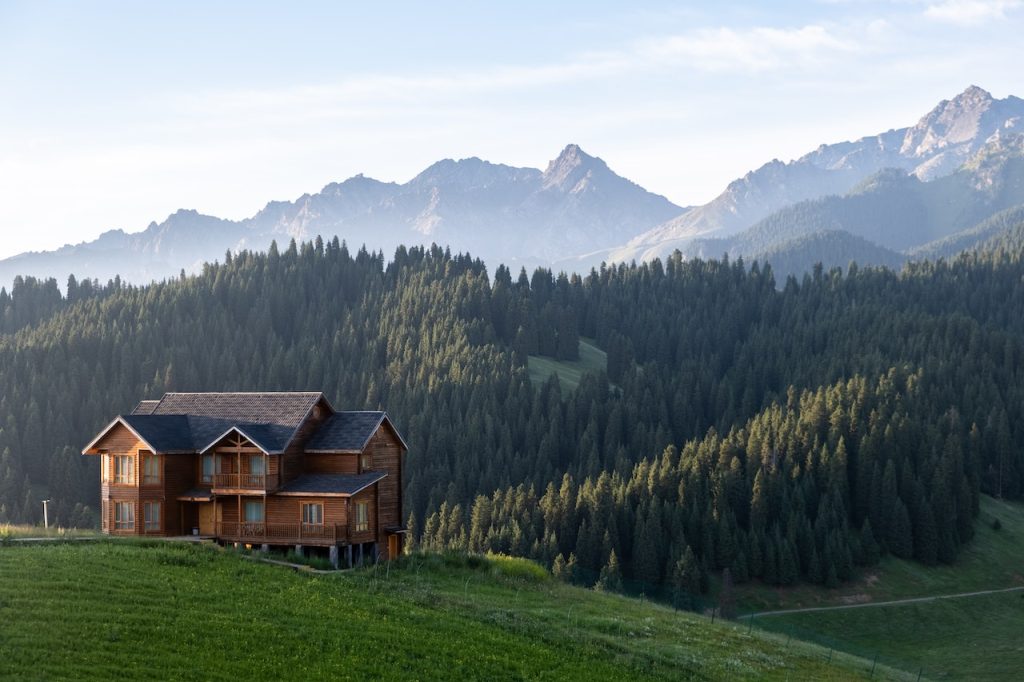# Agroforestry: Combining Crops and Trees for Sustainable Yields
Growing up surrounded by nature, I remember the first time I stumbled upon a plot of land where trees and crops intertwined in perfect harmony. The air was buzzing with life—birds chirping, bees buzzing, and the rustling of leaves intertwined with the swaying of crops. It was a vibrant ecosystem, where every plant played its part without conflict. This serendipitous discovery ignited my passion for agroforestry—a practice that goes beyond traditional farming, embracing a more sustainable and symbiotic way of growing food. Let’s dive into the world of agroforestry, where crops and trees coexist, yielding bountiful harvests while nurturing the environment.
## What is Agroforestry?
Agroforestry is the deliberate integration of trees and shrubs into agricultural landscapes. This multifaceted approach to farming creates diverse ecosystems that can increase soil fertility, enhance biodiversity, and improve resilience to climate change. By combining crops, livestock, and trees, farmers can maximize land-use efficiency and minimize the need for synthetic inputs, paving the way for a more sustainable future.
Imagine rows of fruit trees standing majestically alongside vegetable patches, or shade-providing canopies sheltering crops from the harsh midday sun. This isn’t just a dream—it’s a reality that farmers across the globe are experiencing.
## The Benefits of Agroforestry
### 1. Enhanced Biodiversity
One of the most significant advantages of agroforestry is the boost it gives to biodiversity. By cultivating a diverse mix of plants, farmers can attract beneficial insects, birds, and wildlife, which can help control pests naturally. The more diverse the ecosystem, the more resilient it becomes.
### 2. Improved Soil Health
The root systems of trees are deep and extensive, which helps in preventing soil erosion. They also contribute organic matter to the soil through leaf litter, promoting microbial activity and improving soil fertility. Trees can also aid in water retention, ensuring that crops have the moisture they need to thrive.
### 3. Climate Resilience
Agroforestry systems can better endure extreme weather conditions such as droughts or heavy rains. The shade provided by trees mitigates heat stress for crops, while their roots improve water infiltration in the soil. This means farmers can produce yields even in the face of climate uncertainty.
### 4. Financial Benefits
By diversifying their income sources with fruit and nut trees, timber, and crop yields, farmers can bolster their financial stability. This reduces reliance on a single crop, which can be vulnerable to market fluctuations.
## Different Types of Agroforestry Practices
Agroforestry is not one-size-fits-all; several methods cater to different farming styles and goals. Here are a few popular approaches:
### 1. Silvopasture
This system integrates livestock, forage crops, and trees. Animals graze beneath the trees, benefiting from the shade while fertilizing the soil with their manure. Think cattle munching leisurely under the cool canopy of oak trees—what a sight!
### 2. Alley Cropping
In alley cropping, rows of trees are planted alongside crops. This method helps to reduce wind and water erosion while maximizing sunlight penetration for the crops in between. Imagine walking through an orchard where your favorite vegetables are growing snugly at the feet of towering pecan trees.
### 3. Forest Farming
Forest farming focuses on cultivating high-value specialty crops among existing trees in a forested area. Shiitake mushrooms, medicinal herbs, and berry bushes often flourish under the protection of mature trees, making it a great option for landowners with wooded areas.
### 4. Windbreaks
Planting trees around fields serves as a natural barrier against wind and floods. These trees help protect crops, reduce evaporation rates, and even provide habitat for wildlife.
## Agroforestry and Climate Change: A Powerful Ally
As climate change wreaks havoc on traditional farming practices, agroforestry offers a beacon of hope. The carbon sequestration ability of trees helps combat greenhouse gases, providing a climate-friendly farming solution. Moreover, the varied root systems of trees and crops help combat soil degradation—a critical challenge in the face of increasingly erratic weather patterns.
## Real-World Success Stories
Numerous farmers across the globe have embraced agroforestry with spectacular results.
### The Push-Pull System in Africa
In parts of Africa, farmers are using agroforestry to deal with pests while cultivating staple crops like maize. By interspersing certain tree species that attract beneficial insects, farmers have seen a remarkable decrease in pest populations and an increase in yields.
### Silvopasture Revolution in the U.S.
In the United States, many ranchers are adopting silvopasture by planting nut trees alongside forage crops. Not only do they provide shade for livestock, but these trees produce high-value nuts, leading to increased farm income and biodiversity.
## Pro Tips for Implementing Agroforestry
1. **Start Small**: If you’re a beginner, consider starting with a few trees alongside existing crops. Observe how they interact and adjust your approach gradually.
2. **Choose Native Species**: Native trees often require less water and care while supporting local wildlife. They can also withstand local pests better than non-native species.
3. **Plan for the Future**: Agroforestry designs should consider long-term growth. Choose trees and crops that complement each other in terms of growth, moisture needs, and nutrient uptake.
4. **Use Companion Planting**: Research companion planting to identify beneficial crop pairs. For instance, pairing leguminous plants with trees can naturally fix nitrogen in the soil.
5. **Engage with Your Community**: Join local agricultural groups to exchange knowledge and experiences. This can help you learn from others’ mistakes and successes!
## Overcoming Challenges
While agroforestry is laden with benefits, challenges remain. Farmers must be willing to adapt their approaches and techniques to suit their unique environments. A successful agroforestry venture requires patience and experimentation as you learn how species interact.
Additionally, initial financial investment can be daunting. However, many programs and grants support sustainable farming practices, making it easier to start this rewarding journey.
## Conclusion
Agroforestry is a beautiful blend of art and science, demonstrating that humans can coexist with nature to yield sustainable returns. By combining crops and trees, we open ourselves to a treasure chest of benefits—from enriched biodiversity to climate resilience.
So, whether you’re a seasoned farmer looking to enhance your practices or a curious beginner diving into the world of sustainable agriculture, the possibilities with agroforestry are endless. It’s time to sow the seeds for a greener, more sustainable future—one that honors both our land and our communities.
Happy farming, and may your crops flourish alongside the trees!



